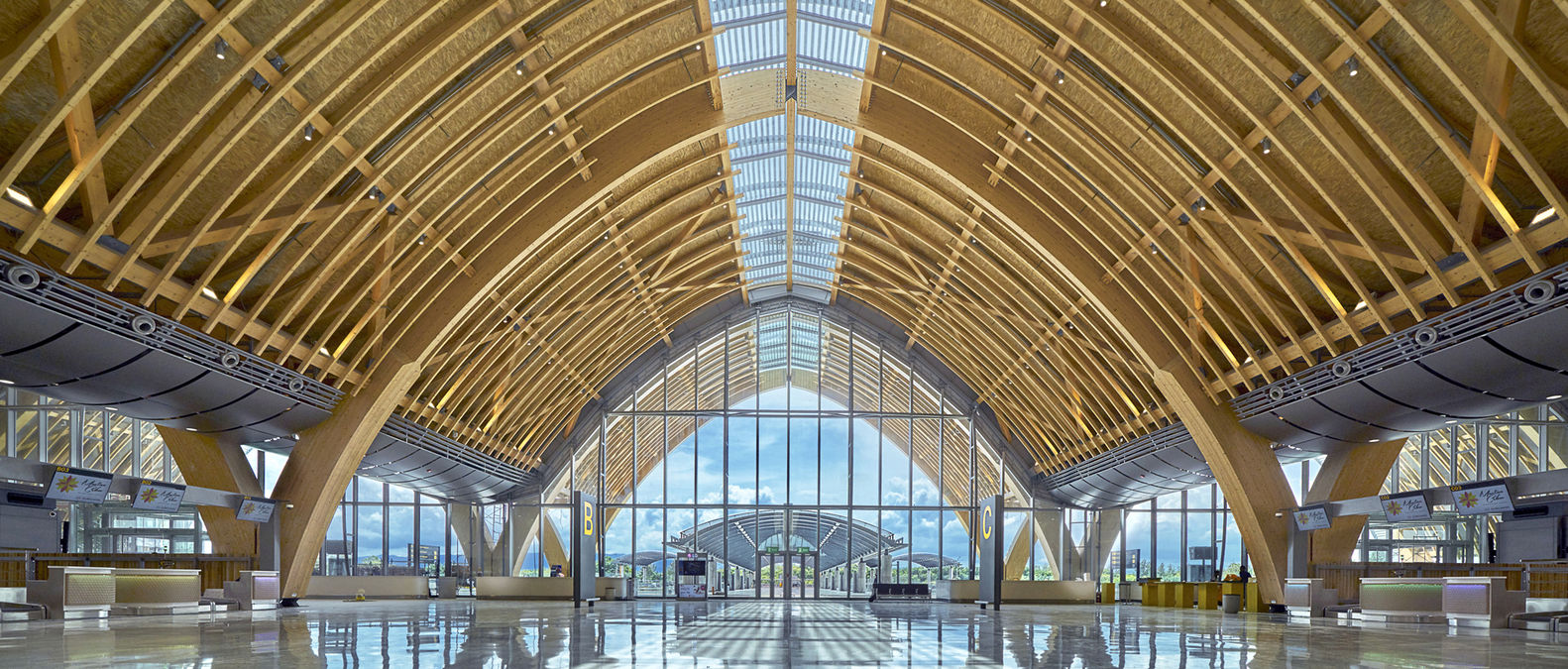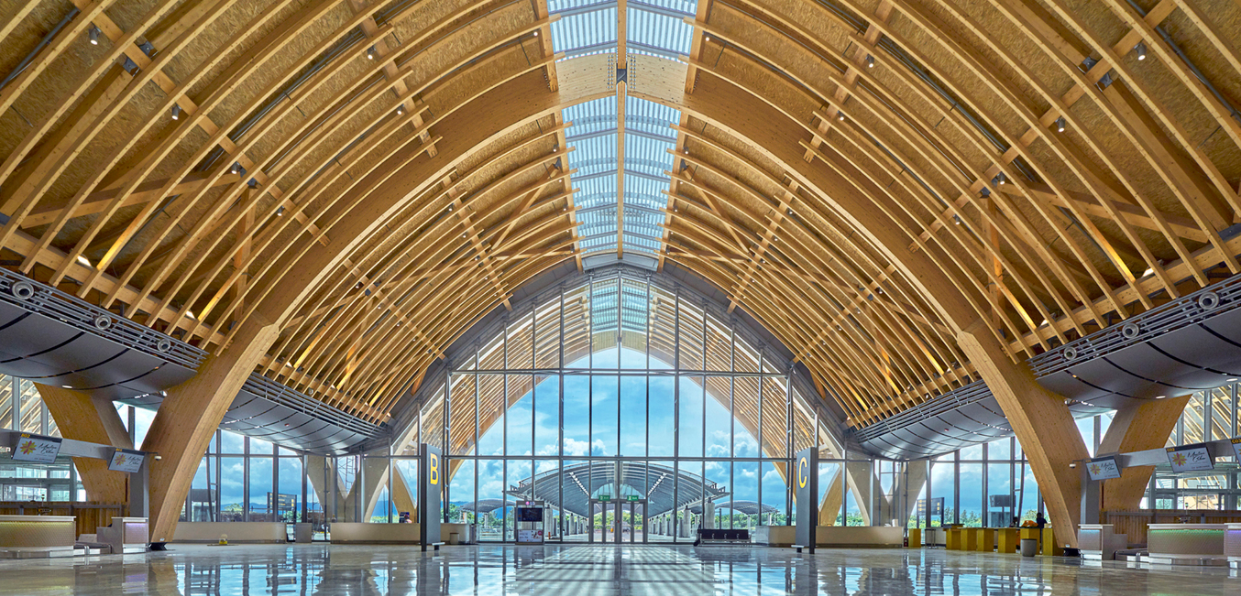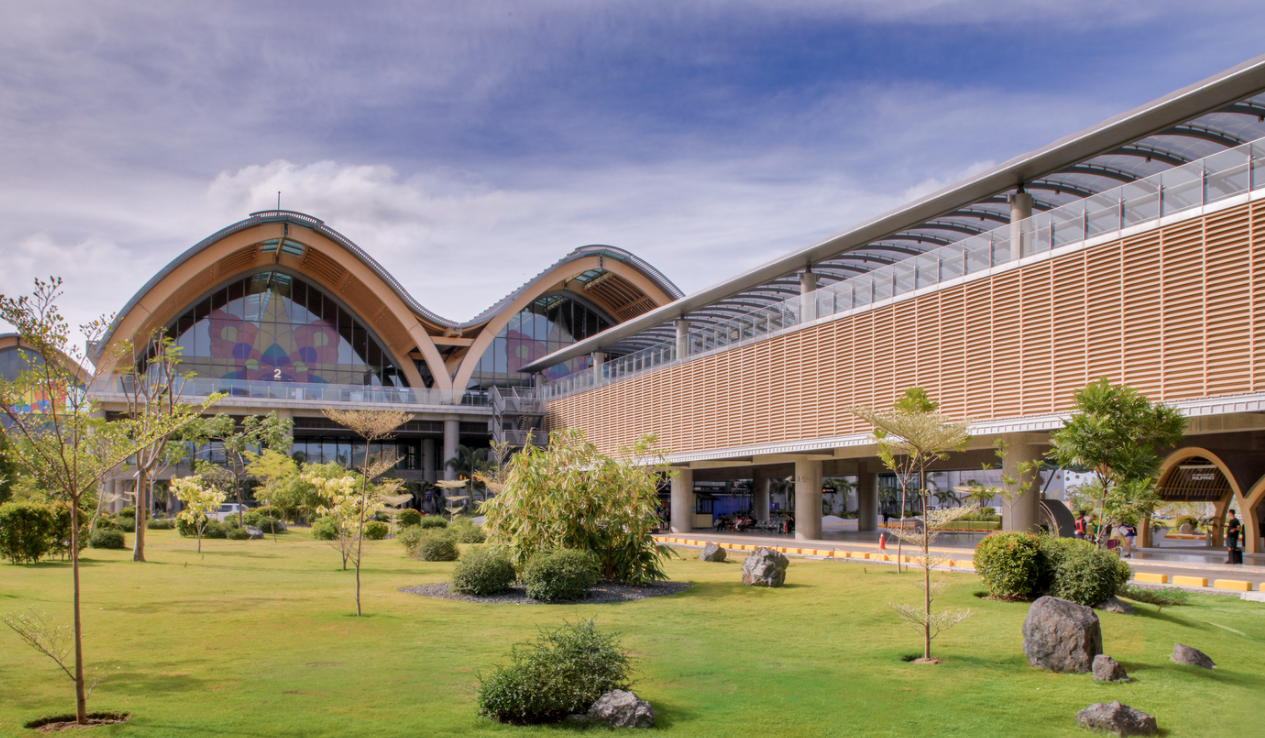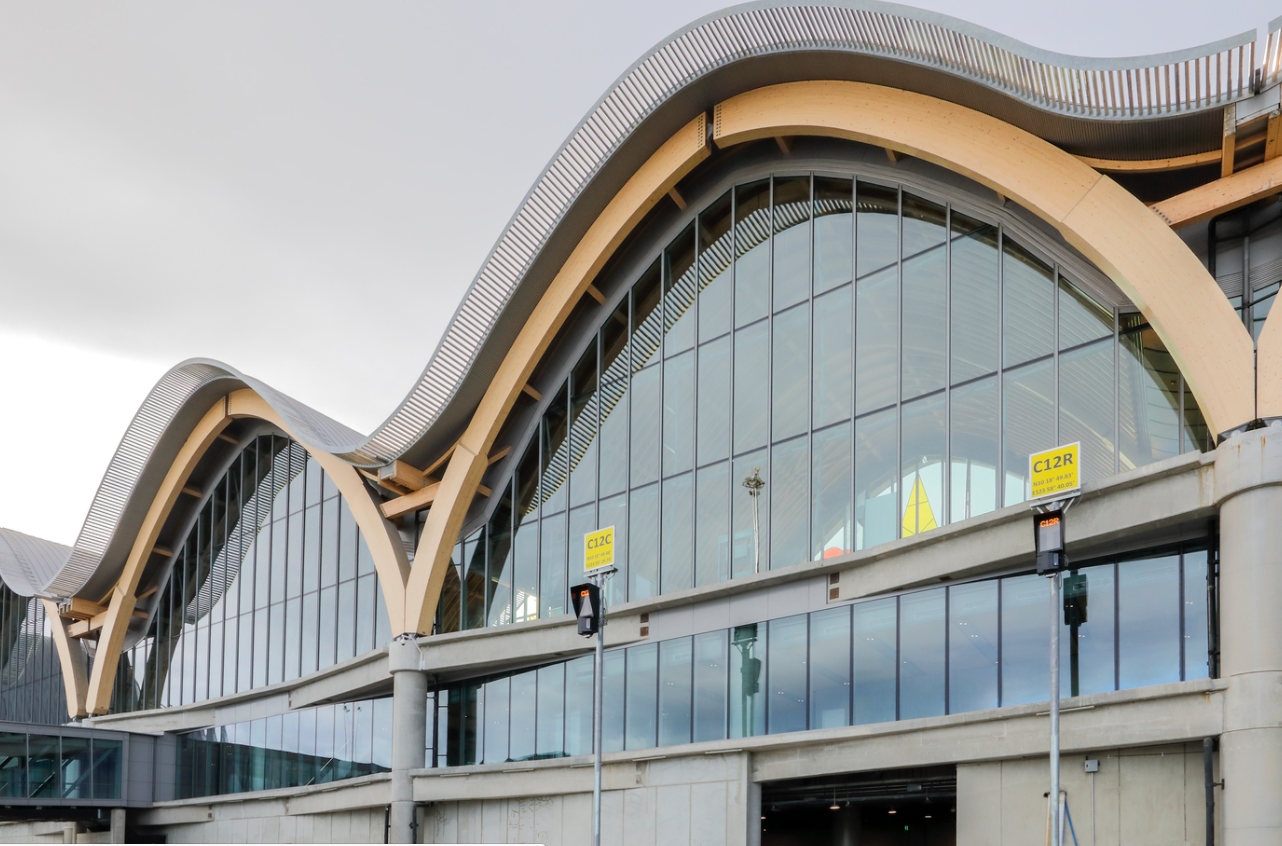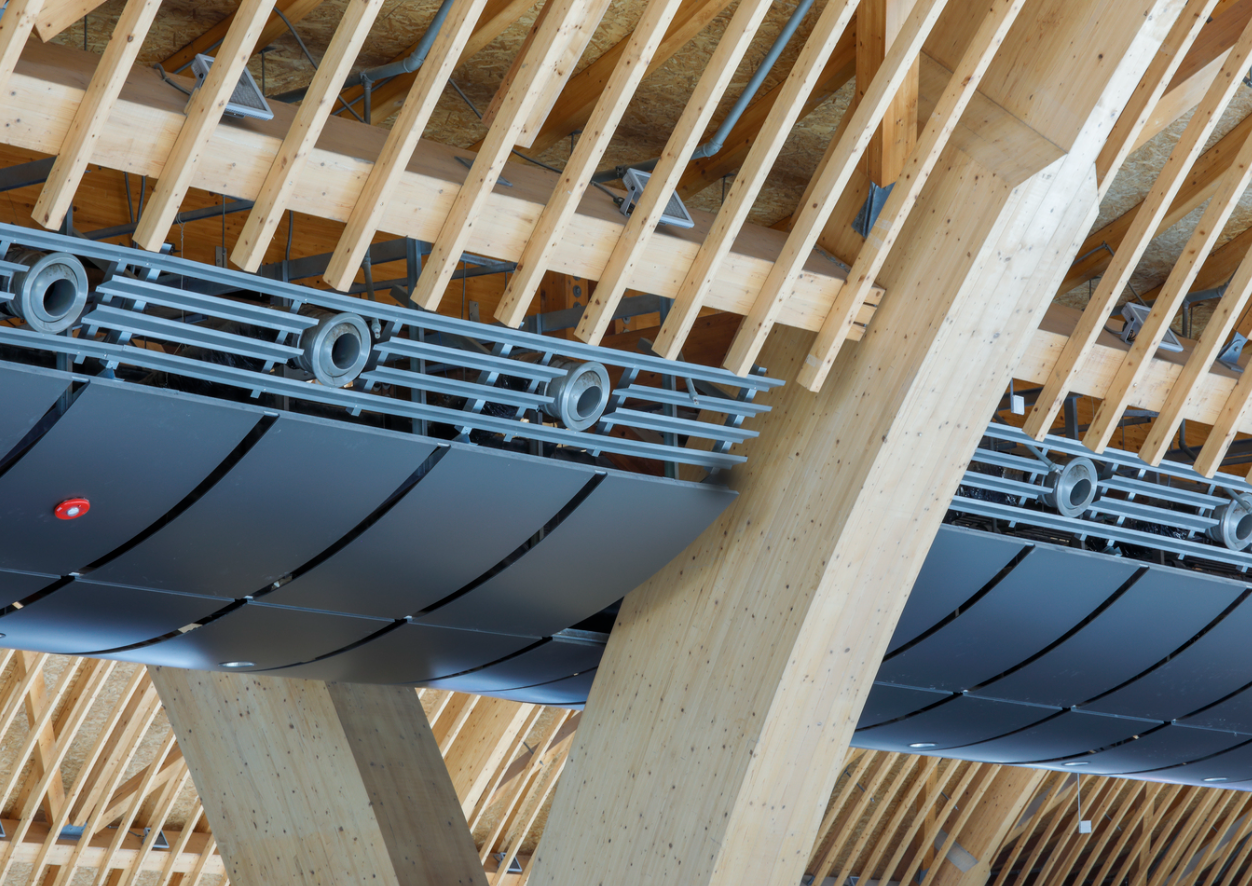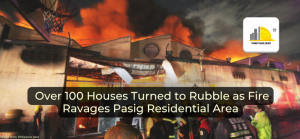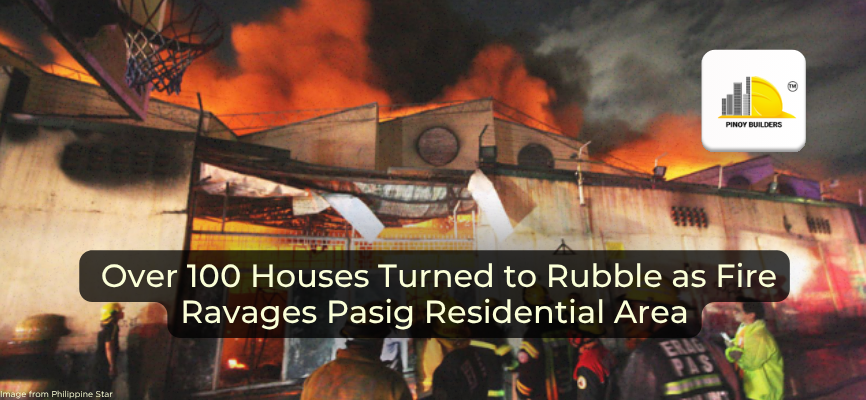Last Thursday, the Department of Transportation (DOTr) and the Civil Aviation Authority of the Philippines (CAAP) jointly inaugurated the new Corporate Building of Mactan-Cebu International Airport (MCIA) in Lapu-Lapu City.
The six-story Corporate Building will house all of the MCIAA’s personnel under one roof. The corporate office building will include passageways connecting to terminal buildings, similar to the MCIA’s design, to prevent crossing car lanes.
RELATED: LOOK: sneak peek of the newest, world-class terminal of Clark International Airport
What more do we know about Mactan-Cebu International Airport now?
1. It’s the second-largest airport in the country.
Mactan-Cebu International Airport is the second largest airport in the Philippines.
To address traffic demands, a new international Terminal 2 will be built to complement the existing Terminal 1, which will be converted to domestic usage once T2 is completed. MCIA will be transformed from a local airport to a world-class international hub, serving as the major gateway to the central Philippine region, thanks to the expanded infrastructure.
MCIA Terminal is the International Terminal, which opened in 2018 and increased Cebu Airport’s total capacity to 12.5 million passengers.
2. The roof design is inspired by rolling waves.
The interior of Terminal 2 is a sight to behold.
Hong Kong studio Integrated Design Associates led the design of Terminal 2 at Mactan Cebu International Airport, with collaboration from local firm Budji+Royal and industrial designer Kenneth Cobonpue.
The undulating timber roof of this airport on Cebu Island, built by Integrated Design Associates as a “symbolic entrance to the Philippines,” was inspired by rolling waves. It is a representation of the sea waves that surround Cebu Island.
The giant arches, which each span roughly 30 meters, are composed of glue-laminated wood and are connected to form a skeletal framework by hundreds of smaller wooden ribs. Skylights in the arch’s peak allow natural light to enter.
Air-conditioning ducts are fully integrated into the vaulted roof’s valleys, while skylights at the arch’s apex let in natural light.
3. The interior reflects Cebuano culture.
There is a strong sense of warmth and welcome in the interior design and artwork, which reflects the rich culture of the Cebuanos.
Terrazzo flooring glistens like the sand on Cebu’s beaches, thanks to the inclusion of mother-of-pearl shards.
All of the new terminal’s washrooms have doors and embellishments made of Mahogany Wood, which is prized for its rich texture and long life.
There are 48 check-in counters in all, but that number can be increased to 72 if necessary. The rattan accents on each counter serve as a display, combining Cebuano history with fine craftsmanship. It’s back-lit to make it appear like lanterns are hanging from the ceiling.
The Moss Walls, which may be found in the washrooms and comfort rooms, are made of living moss. It might help you relax while traveling. Apart from that, it can help to reduce humidity and enhance air quality.
RELATED: Bicol Welcomes the World: Welcome to the newly constructed Bicol Int’l Airport
4. World-class structure.
During its construction, the MCIA project has already broken a few records: the glulam timber structure, which is composed of certified sustainable spruce, is the world’s largest of its kind. Another first for a large transport facility in Asia is the use of laminated timber, which was chosen for its low carbon footprint, ease of assembly, and natural self-finish.
The MCIA development projects and the construction of airports in Cebu are DOTr’s efforts to provide world-class service to passengers and improve the economy of Cebu and Central Visayas.
Photos from ArchDaily
CITATIONS:
- “Mactan Cebu International Airport T2 / Integrated Design Associates” 03 Jul 2020. ArchDaily. Accessed 2 Nov 2021. <https://www.archdaily.com/942874/mactan-cebu-international-airport-t2-integrated-design-associates> ISSN 0719-8884
Abadilla, E. (2021, October 27). Mactan-Cebu International Airport’s new corporate building was inaugurated. Manila Bulletin. Retrieved November 2, 2021, from https://mb.com.ph/2021/10/27/mactan-cebu-international-airports-new-corporate-building-inaugurated/
Mactan Cebu International Airport Terminal 2: A World-Class Resort Airport Terminal. (n.d.). Boklit. Retrieved November 2, 2021, from https://www.boklit.com/2018/06/mactan-cebu-international-airport-terminal-2-a-world-class-resort-airport-terminal.html
![]()


